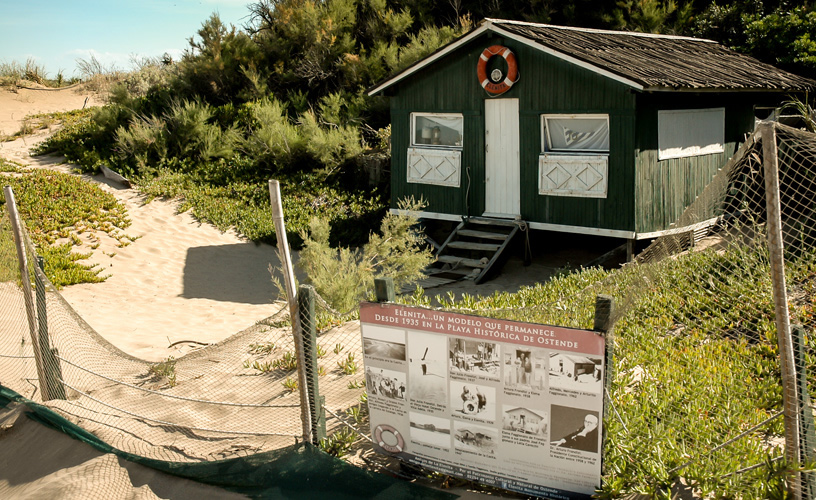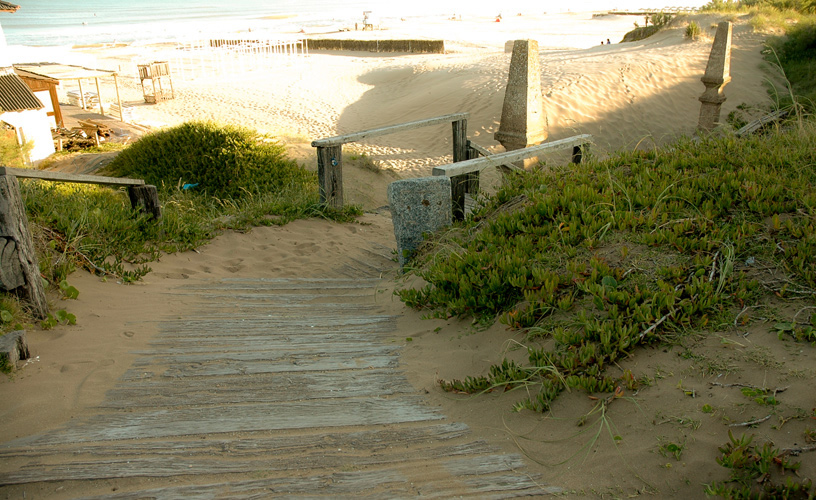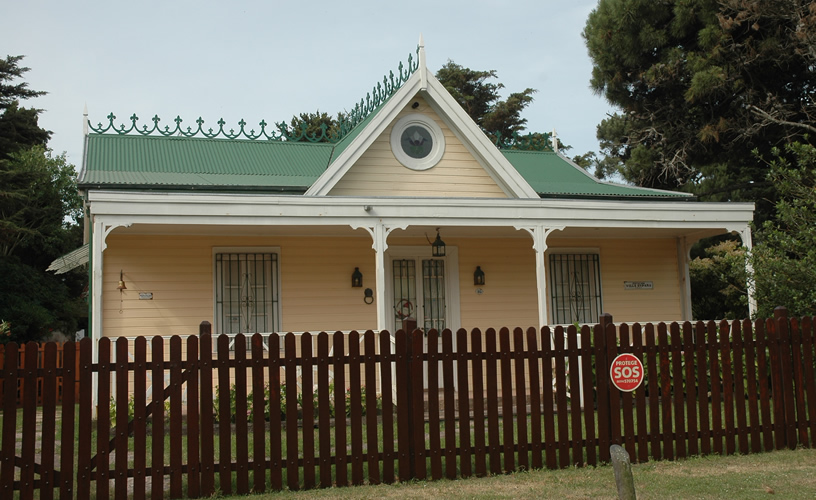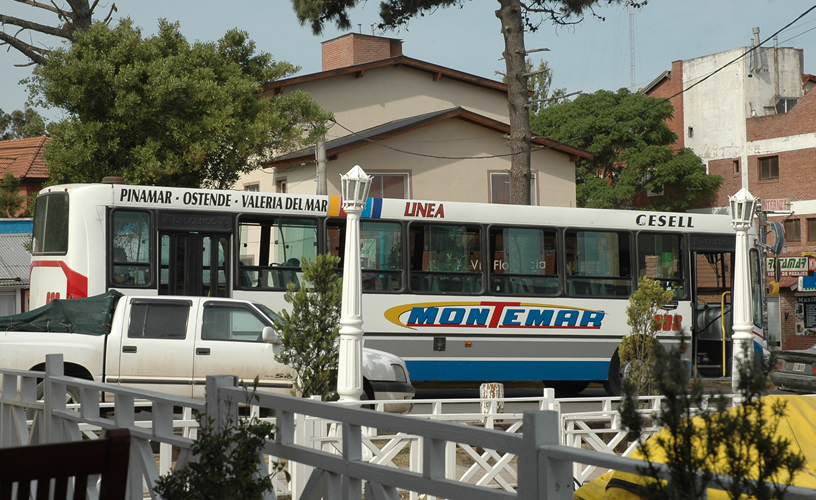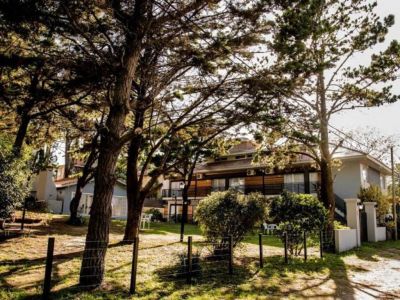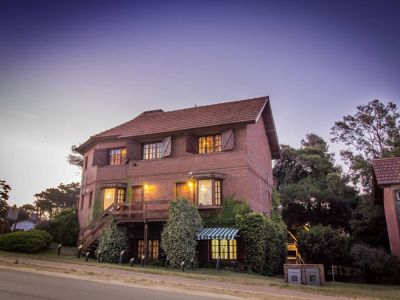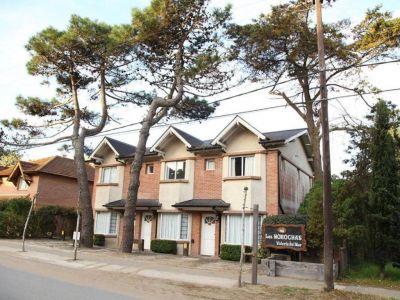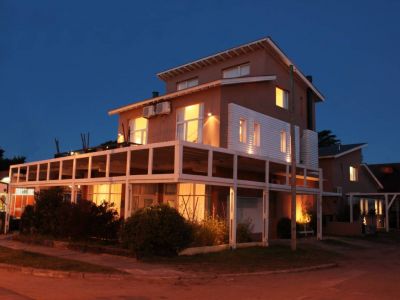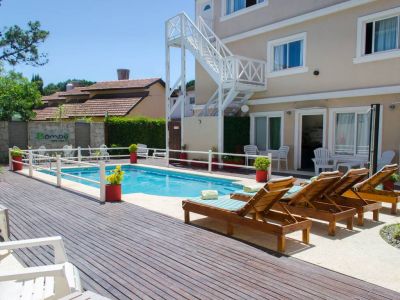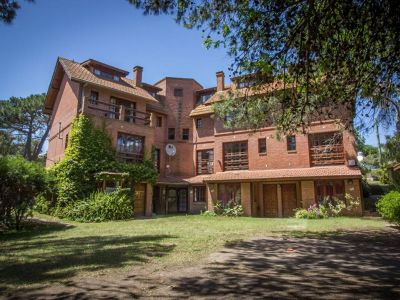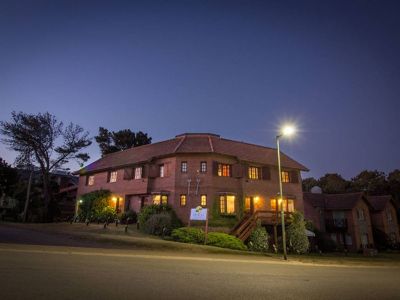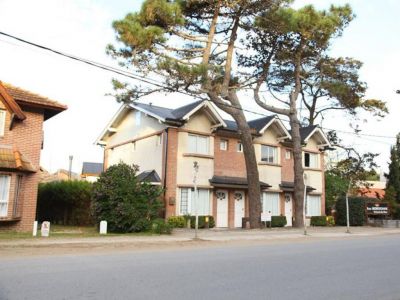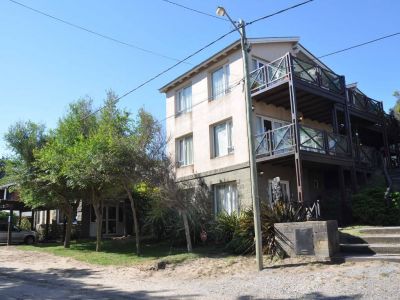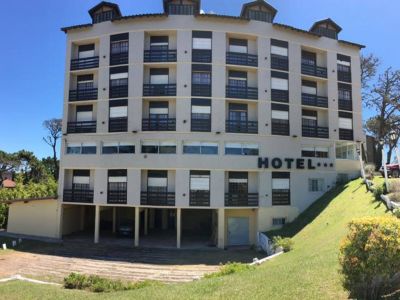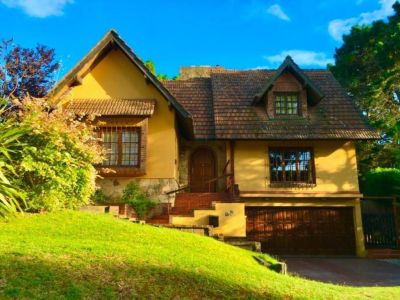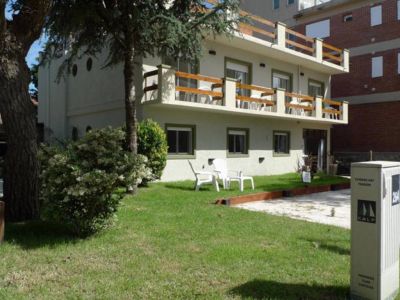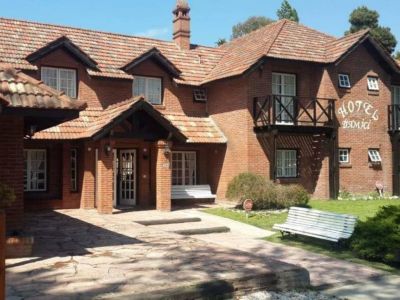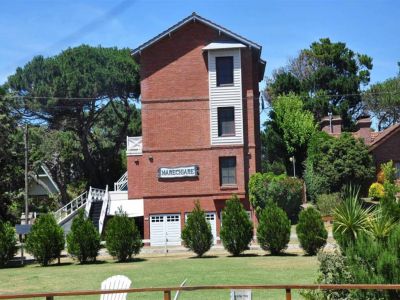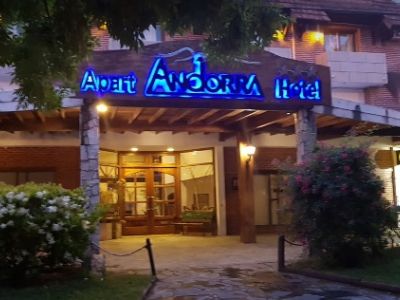City tour in Ostende
Right next to Pinamar, this district emerged from the dream of two Belgian men: Robette and Polín, who bought these lands from the Guerrero family to build a city that would remind them of the one in their memories, on the Belgian coast.
We got to this small district that lies right next to Pinamar with the idea of discovering the contact points between the history of its foundation and the history of the Guerrero family and of Felicitas in particular. That story of love and death gave origin to one of the most tragic events in Argentinian aristocracy, which in turn was taken to the silver screen. The Guerrero Family was one of the so many middle class families that lived in Argentina in the late nineteenth century. However, Felicitas had an ace up her sleeve. According to the chronicles from those days, she was one of the most attractive women of the time, if not the most attractive. This was enough for her to marry Mr. Martín de Álzaga, one of the richest men in the country back then.
We were aware that the major attractions in this small seaside resort are the old Hotel Ostende and La Elenita, a summer residence built by former president Frondizi. We set out in the City of Pinamar. We got into the roundabout located at the intersection of Bunge Street and Libertador Street and turned right facing the sea. That paved street zigzags along the shore until its name changes to Biarritz. That was the sign that we were already in Ostende. The first attraction marked by the maps is the old esplanade or southern esplanade, on Nuestras Malvinas Street and the beach. Built in 1912, it was later covered by sand. It is said that a small coffee-shop was opened there in the 1930s. It was recovered in 1993. There was a project to transform this into a waterfront promenade similar to the esplanade in Mar del Plata today. Small premises were built in the backgrounds which were used by swimmers as changing rooms. But only one part of the project was fulfilled. We went back to paved Biarritz Street and just 400 meters ahead, we got to Estocolmo Street. As we reached the beach, we came to La Elenita: the house Frondizi ordered to build. Three hundred meters ahead, also on the beach, we accessed Puerto Ostende beach bar and spotted the piles of the old pier, in ruins today and only seen in the low tide. It was constructed by the company Lloyd Ostende. Podocarp piles with steel-covered ends were used to build it. In spite of the strong construction, the frequent winds and floods from the southeast -a phenomenon known as sudestada- weakened the pier until it practically disappeared in 1942. Frenchman Bourel had built a picturesque pub called El Viejito del Acordeón (The Little Old Man with the Accordion) at the access to the pier. Following our way along Biarritz, we saw the old Hotel Ostende on the corner of El Cairo Street. Round the corner, there are other two historical sites. On the one hand, Mr. Fernando Robette´s house, one of the first residences built during Ostende´s early life as a seaside resort. The house where the Carmelite monks used to rest and have spiritual retreats used to lie next to it until it was demolished. Today, there is a hotel in the same spot. A few blocks away, on Metz Street, between Niza and Biarritz Streets, there lies Villa Adela. Nowadays, it is a conventional house, but it used to be one of the traditional properties in the district. Built by Mr. Pílades Soldaíni in 1914, it has been completely restored and there is a picture of the original house displayed at the entrance. Barely 200 meters away, on Madera Street, between Robette and Perú Streets, is the site of the buried church. It was built by Domingo Repetto in 1917. In 1921, Repetto became a widower and after a long disease, he died in 1925. The old church disappeared with him. It is said that several floors of the old Hotel Ostende were built with beams from the church.
